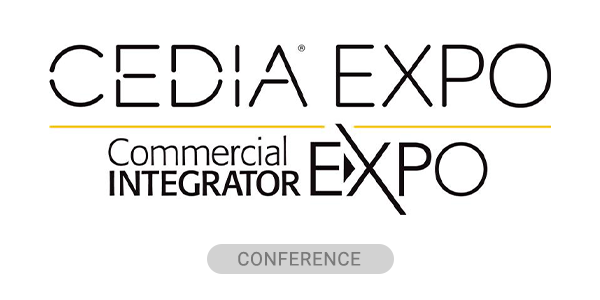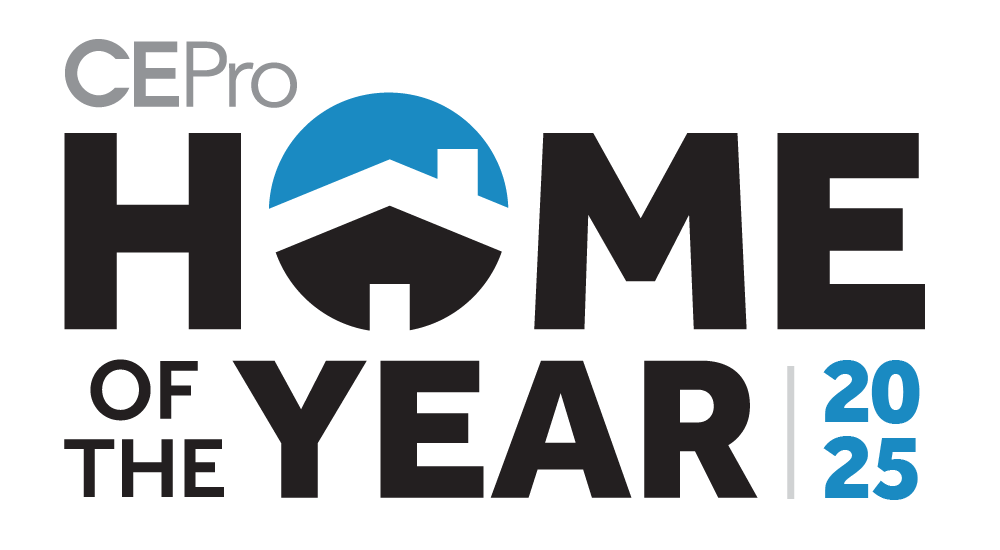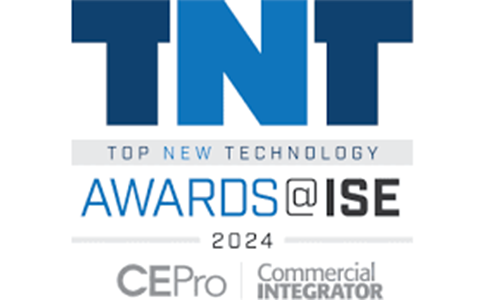In 2024, a study conducted by Deep Analysis found that 45% of all business processes at the time were still paper-based. However, even if your business only has a handful of paper-based processes, consider this:
A few weeks ago, I went to the doctor.
Before my appointment, I got a text to confirm and pre-register online. Fast, digital, efficient everything you’d expect in 2025 right?
But when I arrived, they handed me a clipboard.
A few pages of paper to fill out… again.
As I sat there filling in the same information I’d already submitted online, I couldn’t help but wonder: Where does this paper go? Who retypes all this information into their system? How many times a day does that happen? And how many times does something get entered wrong?
If the average doctor’s office sees 24 patients a day, that’s a lot of duplicate effort and a lot of room for error.
The Problem with Paper Processes
In Lean Six Sigma, we call this waste. They are steps in a process that don’t add value. Every time data is captured on paper and then re-entered into a system, you’ve doubled the work and doubled the chance of mistakes. It’s easy to spot in a doctor’s office. But it’s just as common and often more costly inside integration companies and technology manufacturers.
The “Digital Clipboard” in Our Industry
Even if you aren’t using paper, manually moving information from one digital platform to another creates the same amount of waste and inefficiency. Think about this, how many times has your team retyped the same information when they move information from:
- A CRM into a proposal.
- A proposal into your project management
- A PDF dealer application into your CRM system.
- A text thread into a slack channel.
Each time that happens, time is lost, details are missed, and frustration builds.
I witnessed this waste firsthand when I worked on the Manufacturing side of the industry. Many companies still have a PDF dealer application. Dealers print, fill, sign, scan and email those forms back. Someone on your team downloads the attachments, reviews them, retypes the data into a CRM or ERP system, then emails a welcome packet or login credentials.
Multiply that by hundreds of dealers a year, and you have thousands of manual steps each one a potential point of delay or error.
Meanwhile, both sides are chasing emails, missing information or waiting on approvals that could have been automated when the dealer just wants to place an order. We sell technology solutions, so why can’t we implement them to run our companies better?
The Real Cost of Inefficiency
Most teams already feel stretched thin, juggling multiple platforms, clients, and project deadlines.
When a process requires extra touches, whether that’s a form being re-entered, a spreadsheet being reconciled or an approval waiting in someone’s inbox—or worse: their head—it’s not just an inconvenience. It’s lost time, lost trust and ultimately, lost profit.
For manufacturers, inefficiency in dealer management affects more than internal operations, it impacts brand perception. Integrators often judge professionalism not by technology, but by how easy it is to do business with a partner. A clunky or outdated process can make even the most innovative company feel stuck in the past.
And for integrators, inefficiencies ripple straight into the client experience. When internal systems don’t communicate, teams spend more time reacting to issues than proactively managing projects.
That’s when mistakes happen, deadlines slip and communication breaks down. And clients feel that.
Redefining Process as Clarity, Not Bureaucracy
The issue is that process often gets a bad reputation. People hear the word and think red tape, rules or more meetings. But process done right isn’t about control. It’s about clarity.
Process creates visibility. It defines how work moves, who owns what and how information flows. It helps teams move faster because they’re not reinventing the wheel every time. In an industry built on complexity, custom systems, project dependencies, and multiple stakeholders, clarity is your greatest competitive advantage.
The goal shouldn’t be to eliminate flexibility; it’s to create enough structure so that your team can manage exceptions instead of being managed by them.
When your systems work together and your teams follow a clear framework, projects flow smoother, communication improves and your client experience becomes consistent whether the job is $5,000 or $500,000.
Where to Start: Finding the “Paper Steps” in Processes
The first step to eliminating paper processes in your business is gaining visibility.
For integrators, map out how a project flows through your company from initial sale to procurement to production.
For manufacturers, map out how a dealer onboards in your company from initial dealer application to their first purchase and shipment.
Map out how the information moves across your business from start to finish. Identify where data is being re-entered, duplicated, or delayed.
Then ask three questions:
- Can this step be eliminated?
- Can it be automated?
- Can it be simplified?
Often, the solution isn’t buying new software; it’s connecting the tools you already have and standardizing the process around them.
Building a Culture of Continuous Improvement
Technology and tools matter, but culture is what sustains improvement. Your process defines the black and white how things should work when everything goes as planned. Your people and culture define how you handle the gray when clients change scope, projects pivot, or something unexpected happens.
Empowering your team to question inefficiencies, propose improvements, and own their processes turns “process improvement” from a one-time event into an ongoing habit. That’s where the real transformation happens.
No matter how advanced your systems become, you’ll always need people with the awareness and authority to keep them evolving.
Final Thoughts
That clipboard at the doctor’s office might seem harmless, but it represents something deeper: the friction that hides inside almost every business. Whether you’re a manufacturer managing dealer relationships or an integrator juggling complex projects, those hidden “paper steps” cost more than time. They cost clarity, confidence, and consistency.
The good news? Once you see them, you can fix them.
Start with visibility. Eliminate duplication. Simplify wherever possible.
Clarity in your process doesn’t just make your business run better, it makes it feel better for your team, your partners and your clients.
Jason Sayen is a Process Architect, Lean Six Sigma Blackbelt at I am Sayen. His business helps companies get unstuck when their business grows faster than their processes and systems. He works with organizations across the integration industry to define, refine, and document operational workflows that drive clarity, accountability, and scale.
















